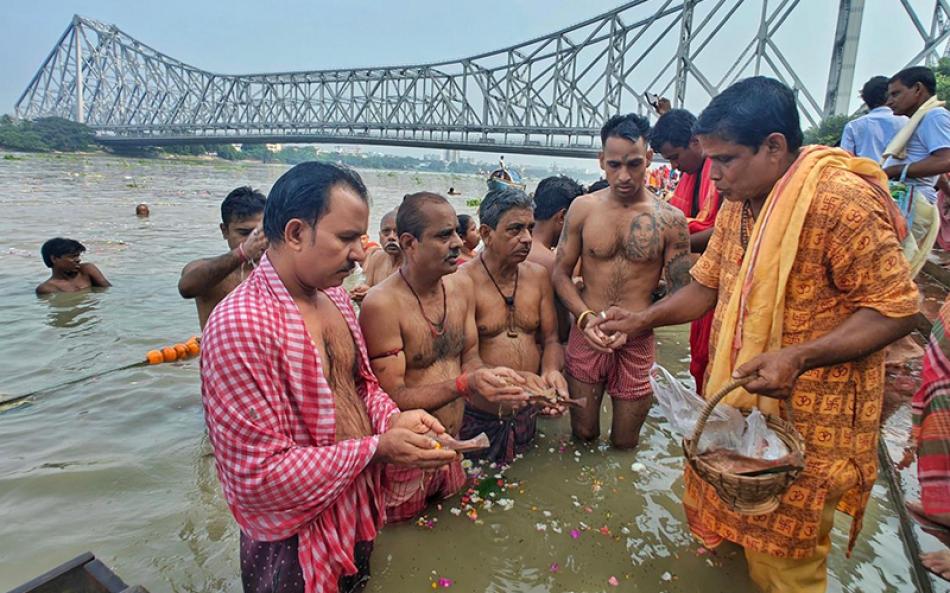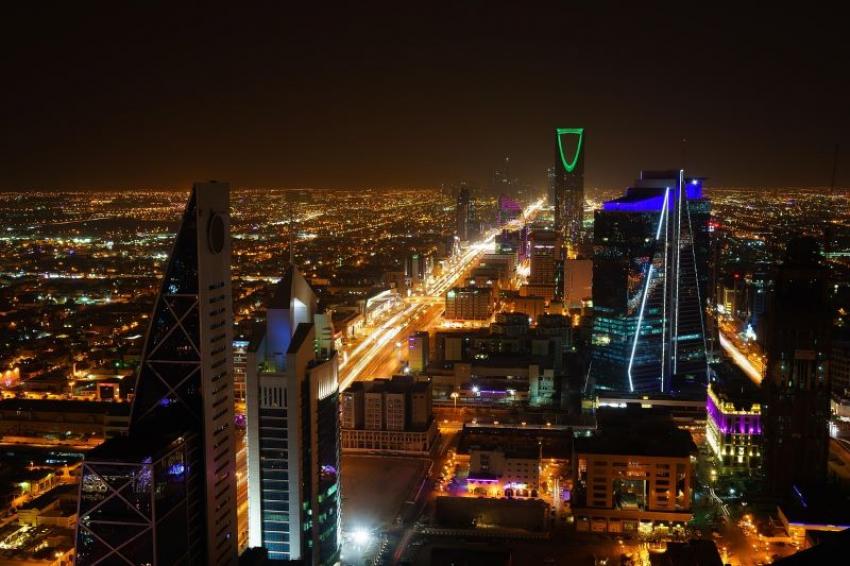Images and text by Sujoy Dhar | @notintownlive | 23 Nov 2025, 04:44 am
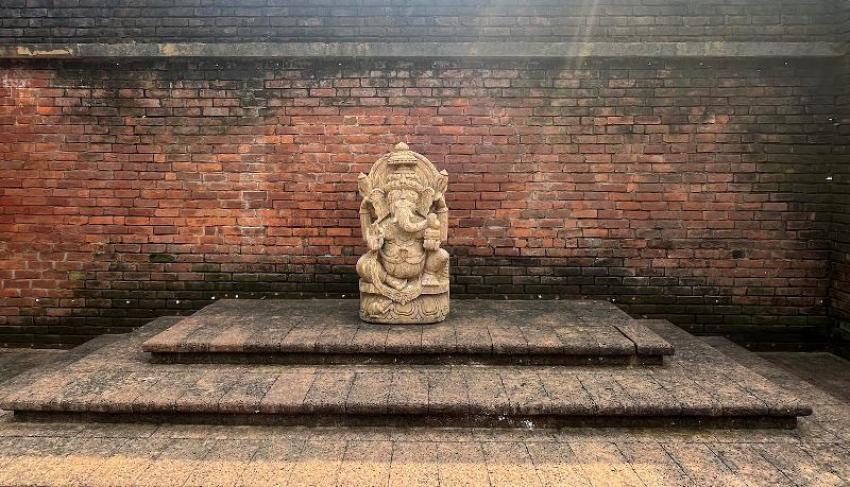 Museum
Museum
Stepping into Kala Bhoomi feels like entering a living archive of Odisha’s artistic soul. Photo: Sujoy Dhar
Nestled in the heart of Bhubaneswar’s creative corridor, the Odisha Crafts Museum Kalabhoomi captures the essence of the state’s rich heritage. The museum celebrates the craftsmanship of Odisha’s artisans by putting on display their breathtaking masterpieces.
Built with the authenticity of local materials — the exterior uses laterite stone reminiscent of some of Odisha’s oldest monuments — Kalabhoomi immerses visitors in a cultural experience from the moment they arrive.
Kalabhoomi is divided into two distinct zones: a display area and a live section. In the display area, galleries showcase both handlooms and handicrafts from across Odisha.
The galleries
Stepping into Kala Bhoomi feels like entering a living archive of Odisha’s artistic soul, where each gallery unfolds a different chapter of the state’s craft heritage.
From the Dhalapathar parda fabrics of Khurda district, to the intricate applique-work of Pipili, the exquisite Khandua and Ikat textiles, and the tribal weaves of Habaspuri and Kotpad — each craft has its own story and place within this museum.
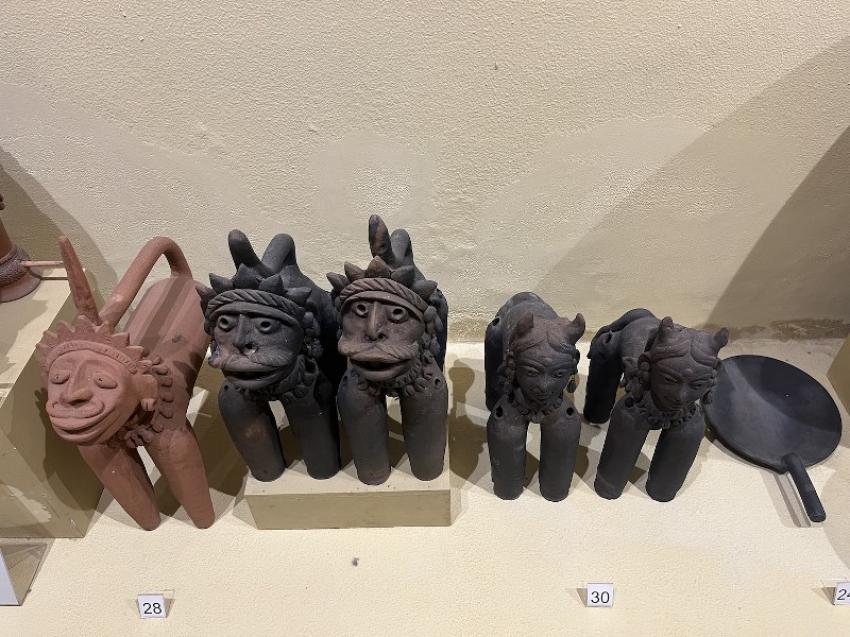
Beyond textiles, there are also galleries dedicated to silver filigree from Cuttack, Lanjia Saura tribal painting, stone-carving inspired by the Sun Temple at Konark and more.
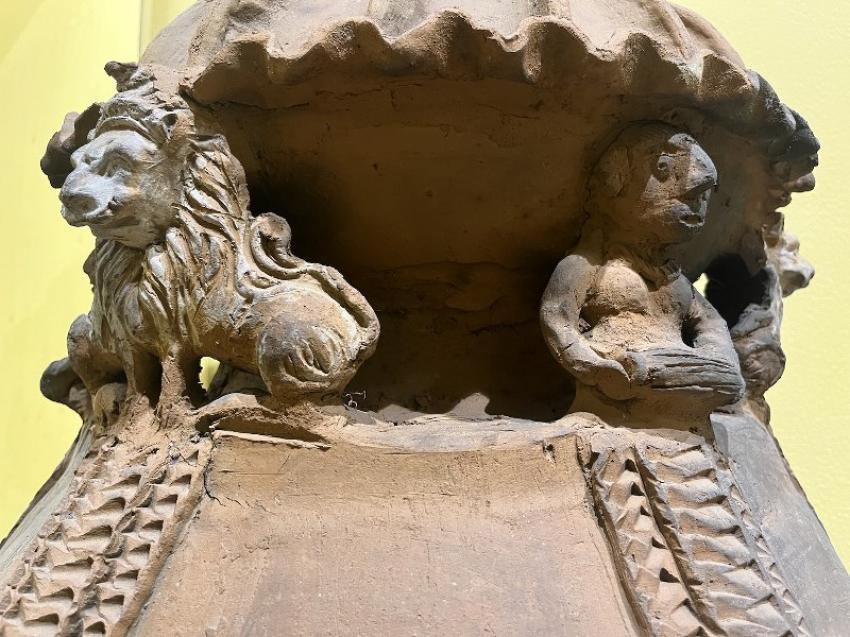
The Terracotta Gallery greets visitors with its earthy glow—an ode to the potters whose hands mould cooking vessels, votive figures, Puri clay pots and painted toys, while the Tulsi Chaura echoes temple architecture.
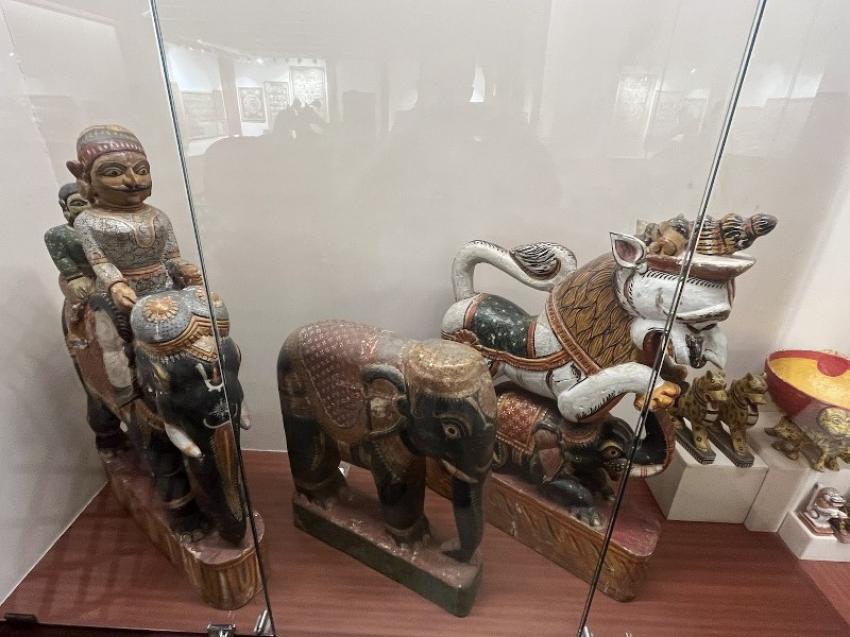
From there, the Traditional Painting Gallery bursts into colour, showcasing everything from ancient cave murals to the refined Pattachitra and Oshakothi styles, with palm-leaf manuscripts, wooden masks, dowry chests and vibrant Jatri Pattis adding layers of cultural memory.
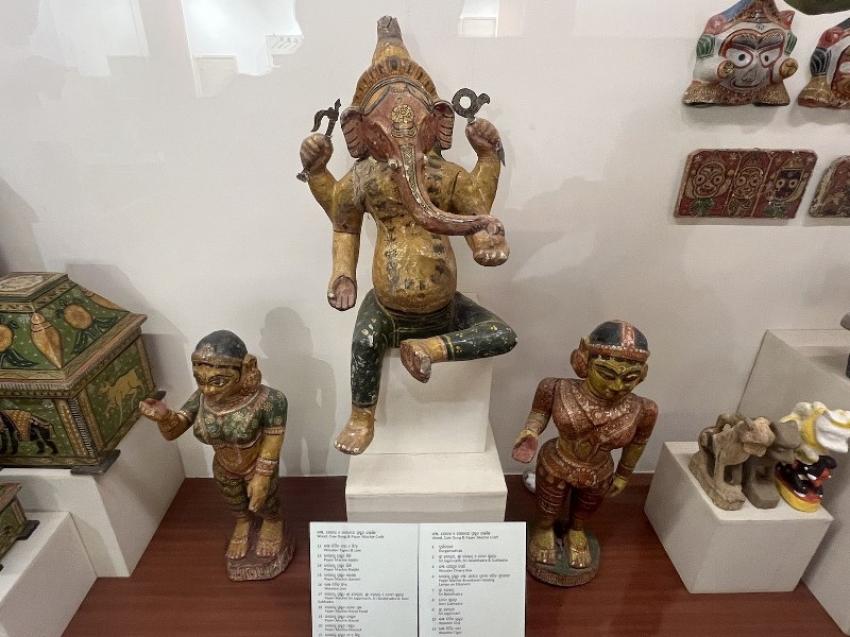
The Stone and Wood Carving Gallery immerses one in the grandeur of Odisha’s architectural past, displaying doors from traditional homes and fragments salvaged from the lost temples of Bhubaneswar, while the Metal Crafts Gallery dazzles with Dhokra figurines, Tarakasi silver filigree, brassware and the famous kinetic fish of Belaguntha—testaments to communities that have shaped metal into meaning for generations.
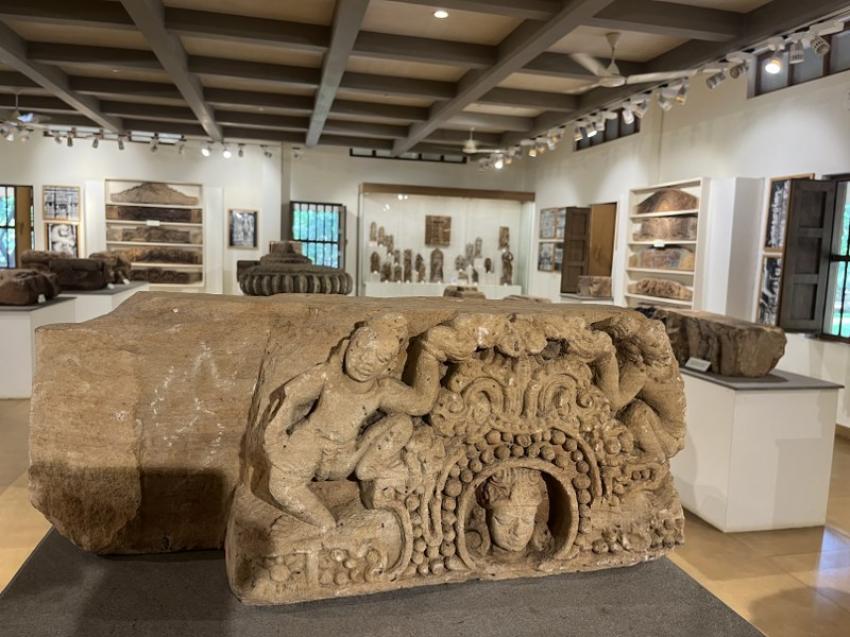
As the journey continues, the Natural Material Crafts Gallery celebrates the ingenuity of rural Odisha, where nothing goes to waste and everything becomes craft—from paddy and betel-nut work to seashell creations, cow-dung toys, golden grass artefacts, appliqué from Pipli and lacquered boxes.
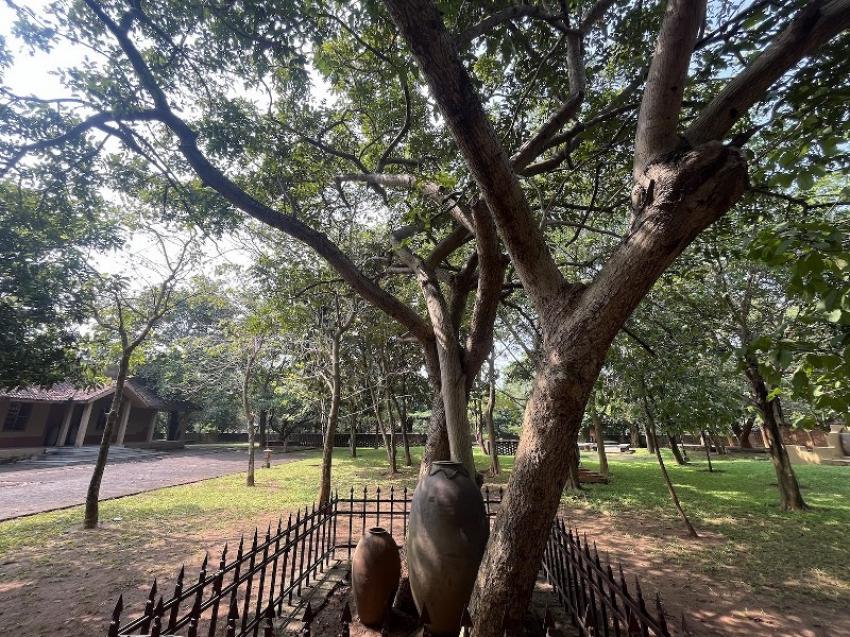
The Pre-Weaving Techniques Gallery reveals the unseen magic of textiles, lining its walls with cocoons, dyed fibers and samples of mulberry, eri, tassar and cotton that culminate in masterpieces such as the Gita Govinda saree, displayed alongside pictorial depictions of the complex tying and dyeing processes.
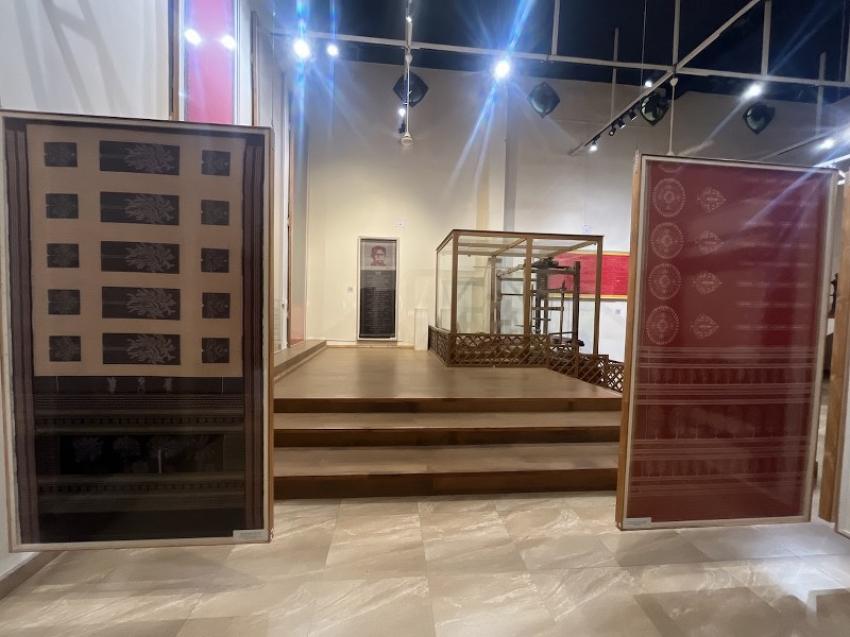
A vivid “tribal village” awaits in the Tribal Crafts Gallery, with ornaments, tools, attire and household items that reflect the lives and rituals of Odisha’s diverse ethnic communities. The spiritual heart of the museum, however, lies in the Crafts of Shree Jagannatha Culture Gallery, where ritual clothing, brass and bell-metal items, sacred earthenware, rare Pattapaintings and costumes of Mahari and Gotipua dancers recreate the devotional universe surrounding the holy Trinity.
The trail culminates in the Handloom Gallery, where 114 sarees from across Odisha—each bearing motifs, traditions and labour-intensive weaving techniques—hang like stories in fabric form, offering visitors a final, breathtaking look at the state’s unparalleled textile legacy.
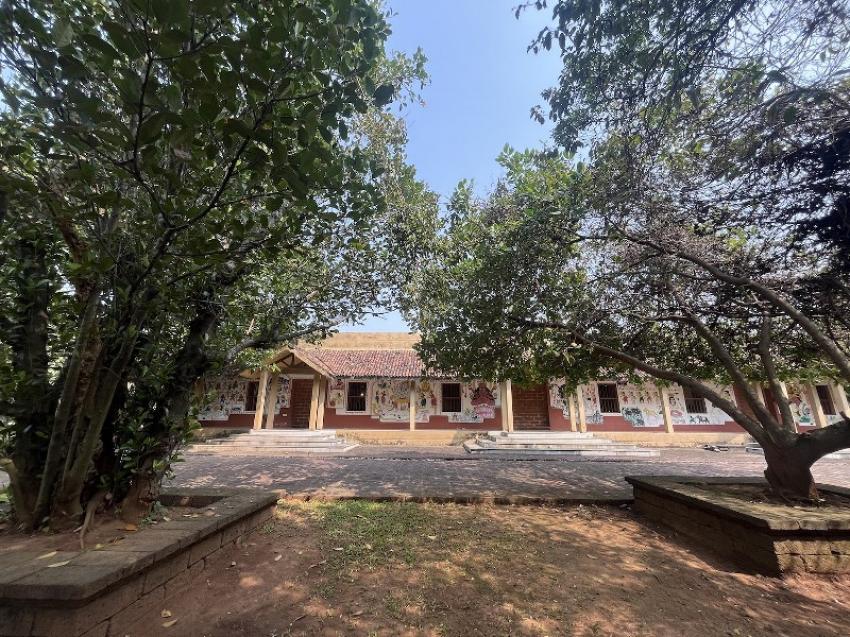
The live section
The live section is just as compelling: it features an open-air theatre and dedicated workshop zones where visitors can interact with craft persons, witness techniques and even try their hand at making something of their own.

One of the most inspiring aspects of the museum is how it connects visitors to tradition through “living craft” experiences. For example, in the terracotta workshops, skilled artisans demonstrate how simple raw clay transforms into pots, figurines and decorative pieces — and interested visitors can sculpt their own little souvenir at a free walk-in workshop.

This kind of immersive encounter turns a museum visit into a hands-on discovery of Odisha’s creative lineage.
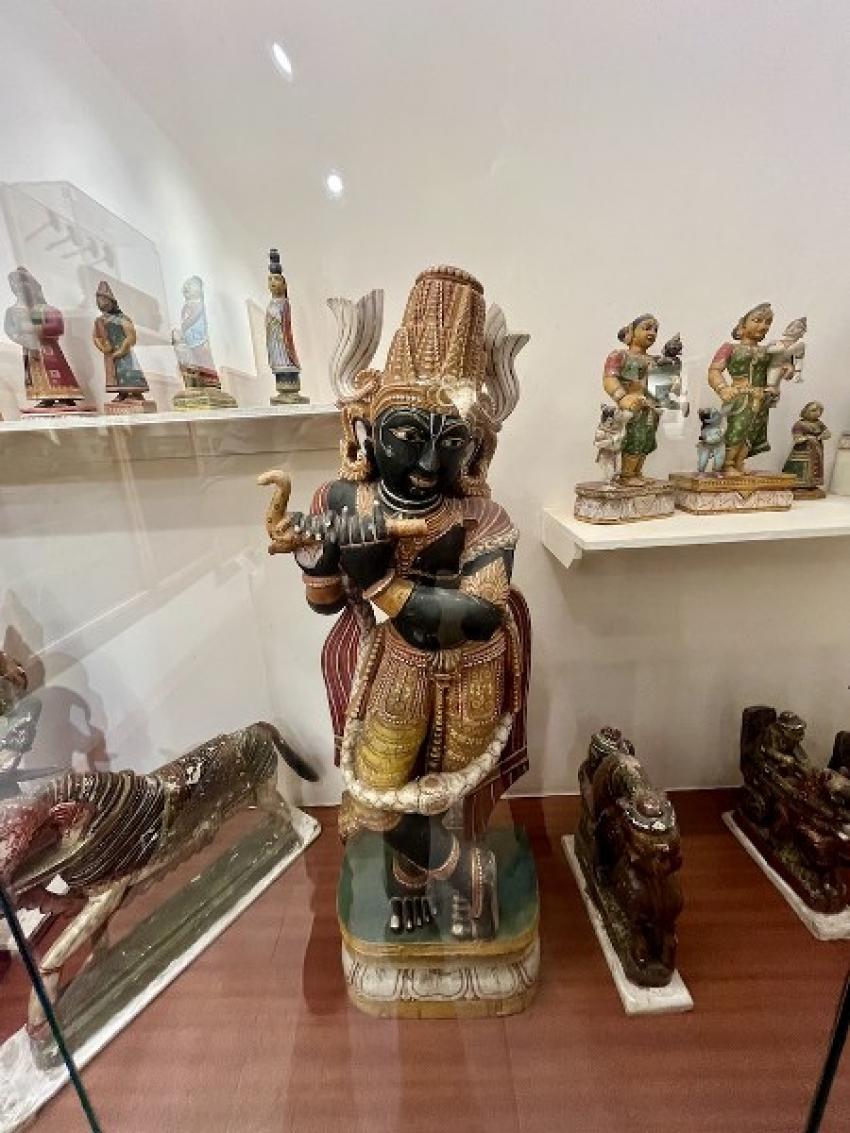
For visitors who wish to dive deeper, Kalabhoomi offers museum-trails, craft-conversations and thematic exhibitions that evolve regularly.
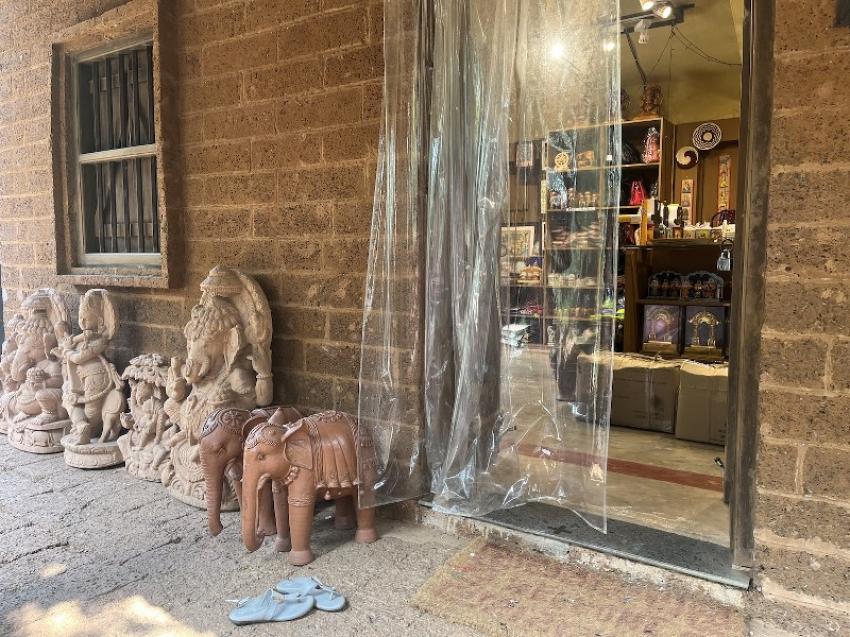
These initiatives are designed not just to display artefacts, but to provoke thought, foster awareness and encourage appreciation of Odisha’s rich cultural legacy. Through such programming the museum becomes a living hub of learning, not just a static repository.
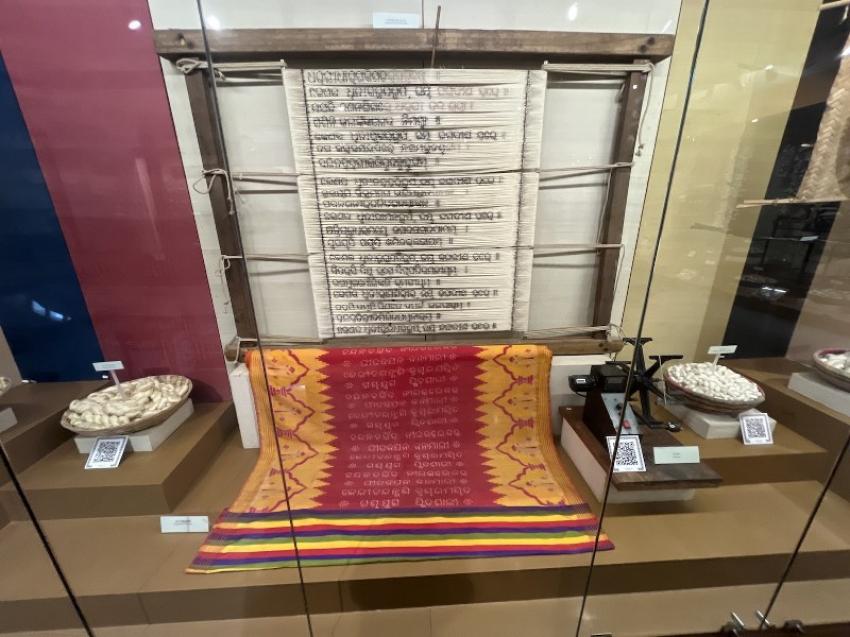
Whether you are an art-lover, a traveller, a student or simply curious, Kalabhoomi makes for a compelling stop. Its blend of visual splendor, tactile workshops and thoughtful curation make each visit memorable. With its prime location in Bhubaneswar and its welcoming ethos, it offers a perfect window into Odisha’s handloom and handicraft heritage — a heritage that continues to live, breathe and evolve.
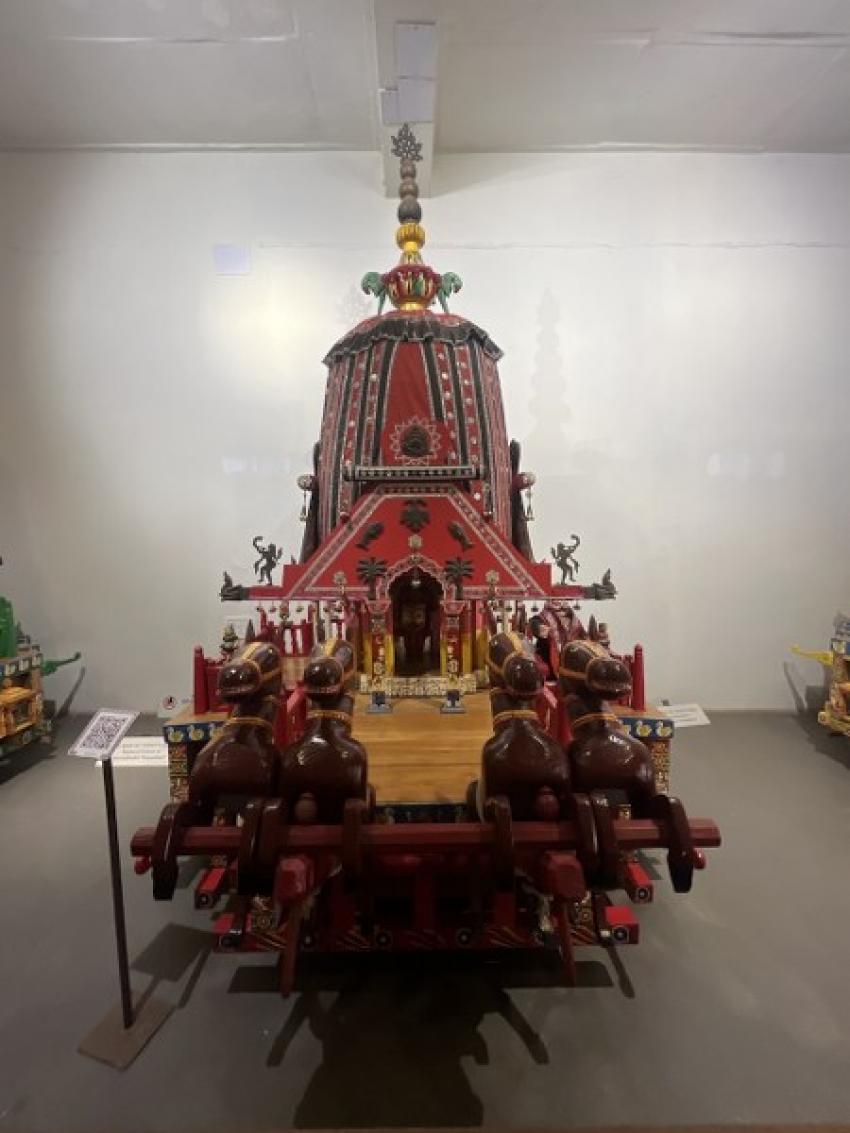
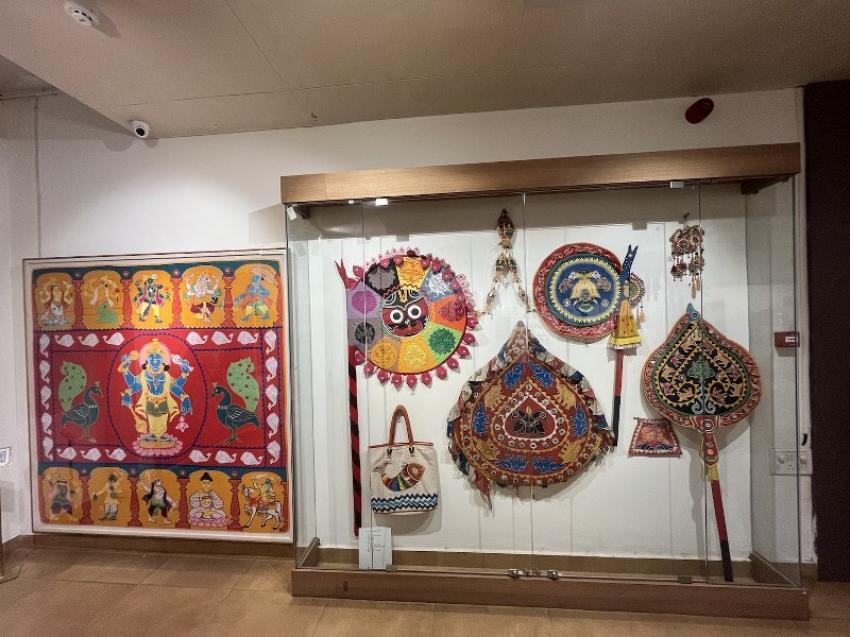


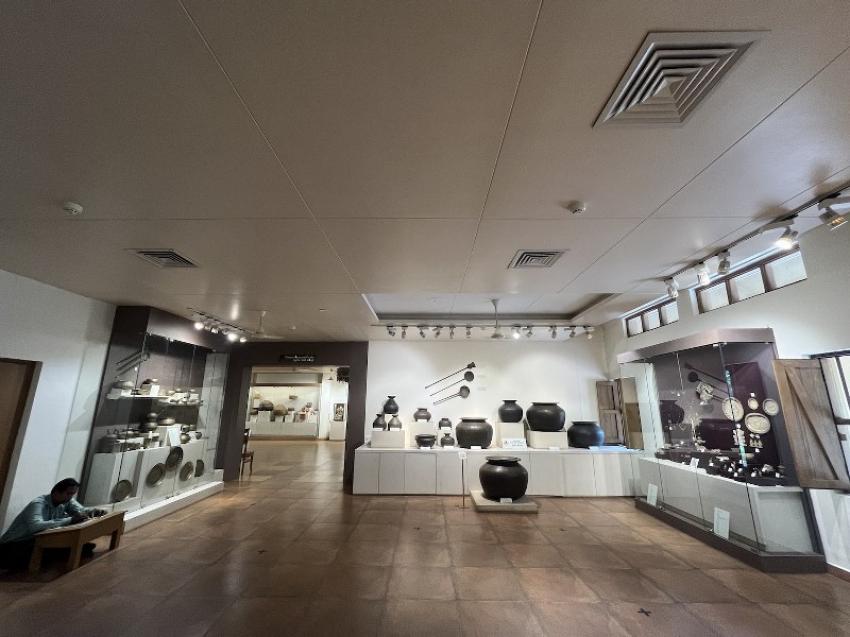

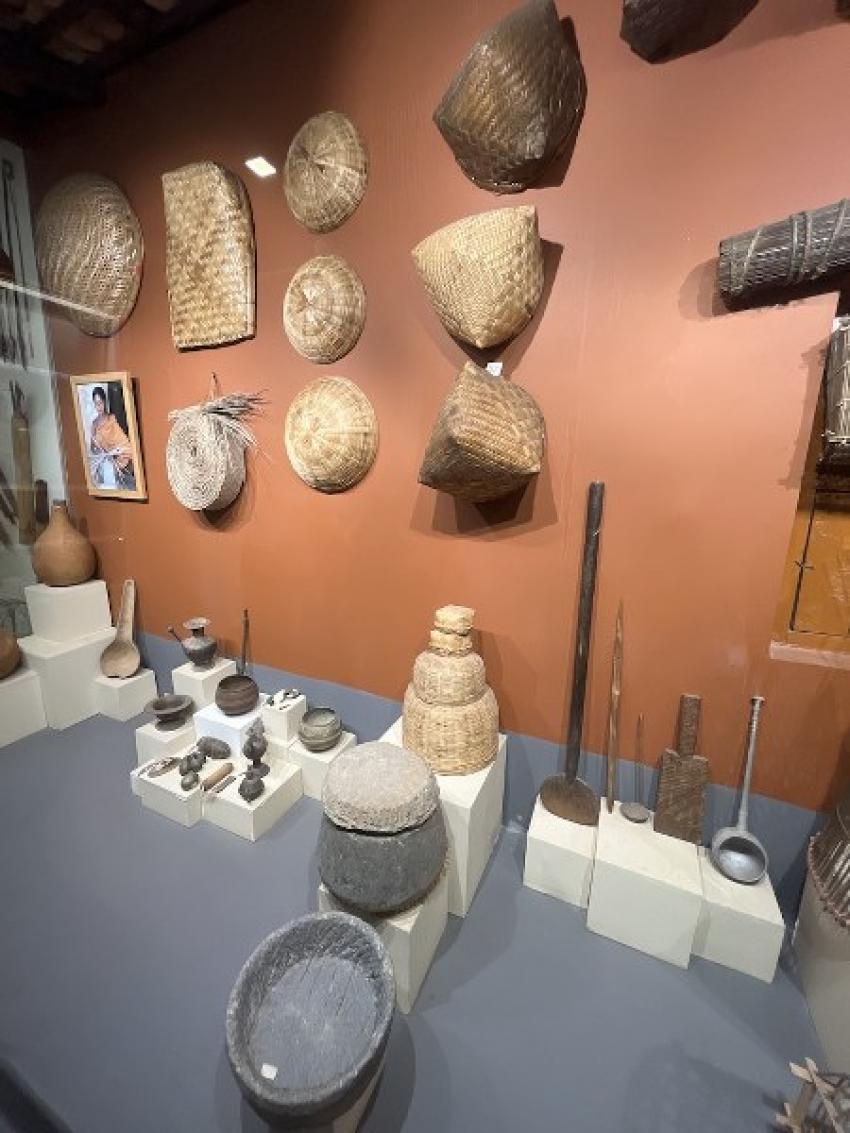
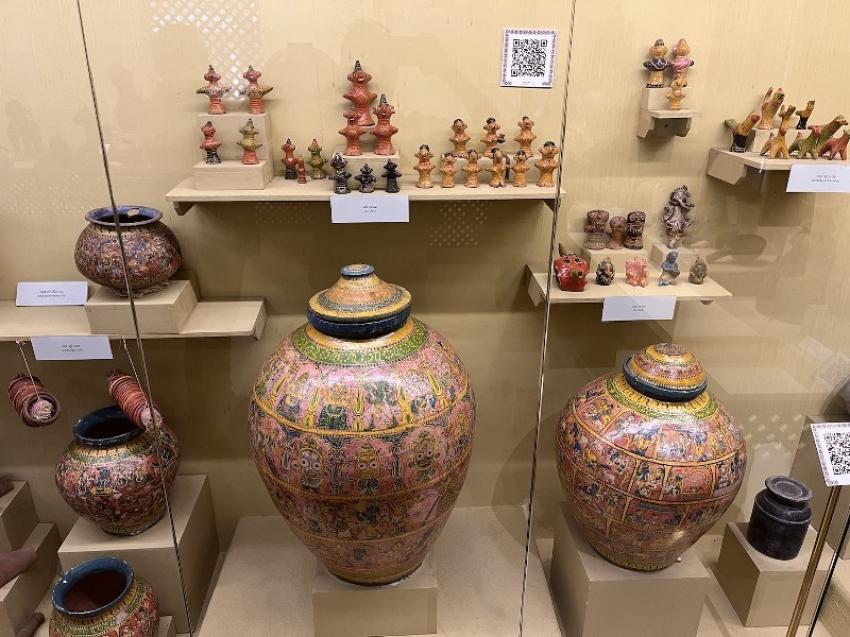

- Discovering Heritage: A visual journey through Odisha crafts museum Kalabhoomi
- From kebabs to biriyani: Lucknow gets UNESCO honour for its royal cuisine
- Delta takes Spanish flavours to the skies
- Kolkata’s iconic Kathi Roll among world’s top 10 wraps: TasteAtlas
- Yellow Taxis and the Colours of Puja
- Starbucks introduces special Durga Puja inspired menu for Kolkata, with an attractive discount offer too
- Rosé All Day and Coastal Vibes: Dining at Chicago's The Hampton Social – River North
- A taste of South India this Durga Puja at Garden Café in Kolkata
- Ireland promotes culinary tourism in Germany with new food campaign
- Karim’s Entally launches heritage menu reviving old Calcutta flavours
Tata Group-owned Air India on Sunday announced the reinstatement of its codeshare agreement with fellow Star Alliance carrier, Air Canada, to offer more flight options for travellers and boost connectivity between India and Canada.
Starting Nov 16, 2025, IndiGo will operate direct flights between Bengaluru and Riyadh, expanding its network to Saudi Arabia.
American Airlines will launch new seasonal service between New York (JFK) and Edinburgh, Scotland (EDI) in March 2026, expanding its international network.


